Firefox 86: AVIF support enabled by default
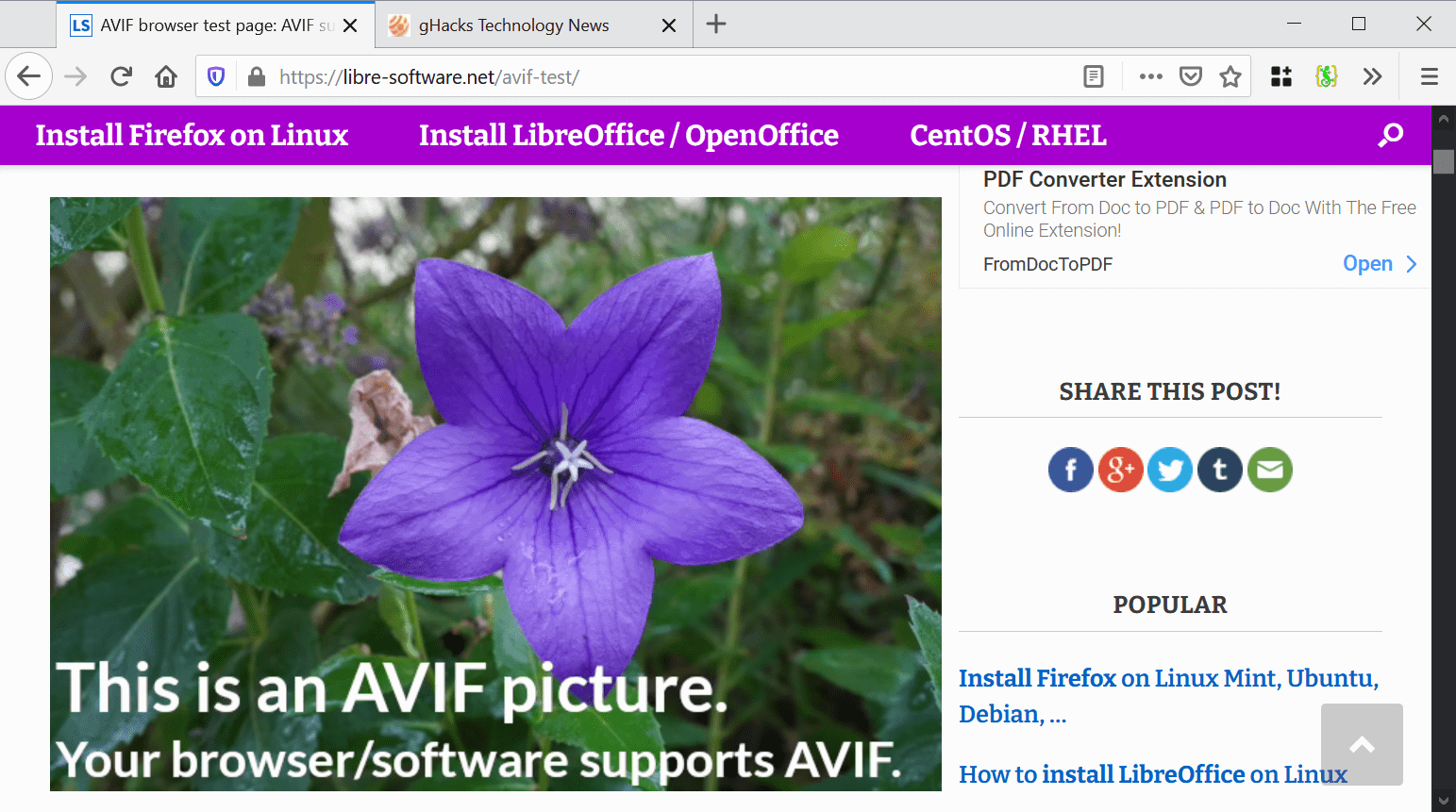
Mozilla plans to enable support for the AVIF format in Firefox 86 Stable so that AVIF image files will be displayed just like any other supported image format in the web browser.
Mozilla introduced support for the AVIF file format back in May 2020 when it added support for an initial version to Firefox Nightly, the development version of the Firefox web browser.
Firefox Nightly users had to enable the feature manually at the time to get it supported in the Firefox browser.
The AVIF image format, also known as AV1 Image File Format, is based on the AV1 video format. Most modern web browsers support AV1 already and many will support the AVIF format eventually as well, if that is not the case already. Chrome 89 for Android will support the format for example
Many desktop browsers that use Chromium as the base support the AVIF format already; this is the case for Google Chrome and Brave, but not for Microsoft Edge Stable.
AVIF promises to offer better compression efficiency than JPEG, a wider feature set, and could be supported equally on the Web and beyond because it is royalty-free.
Mozilla created a new bug listing on Bugzilla@Mozilla last month in which it outlined the plan to enable AVIF by default. Enabling at this stage means setting the preference image.avif.enabled to TRUE in the Firefox configuration.
Mozilla will do this for the upcoming Firefox Beta and Stable releases. Firefox users may set the preference manually to introduce AVIF support in these versions.

You can load the following AVIF Test in your browser to find out if it supports the AVIF format. If you see "This is an AVIF picture", support is enabled already. Webmasters may use "if...else" to either display an AVIF image if it is supported or a regular image if that is not the case.
Firefox 86 Stable will be released on February 23, 2021.
Now You: what is your take on AVIF support? Is it the up and coming image format?





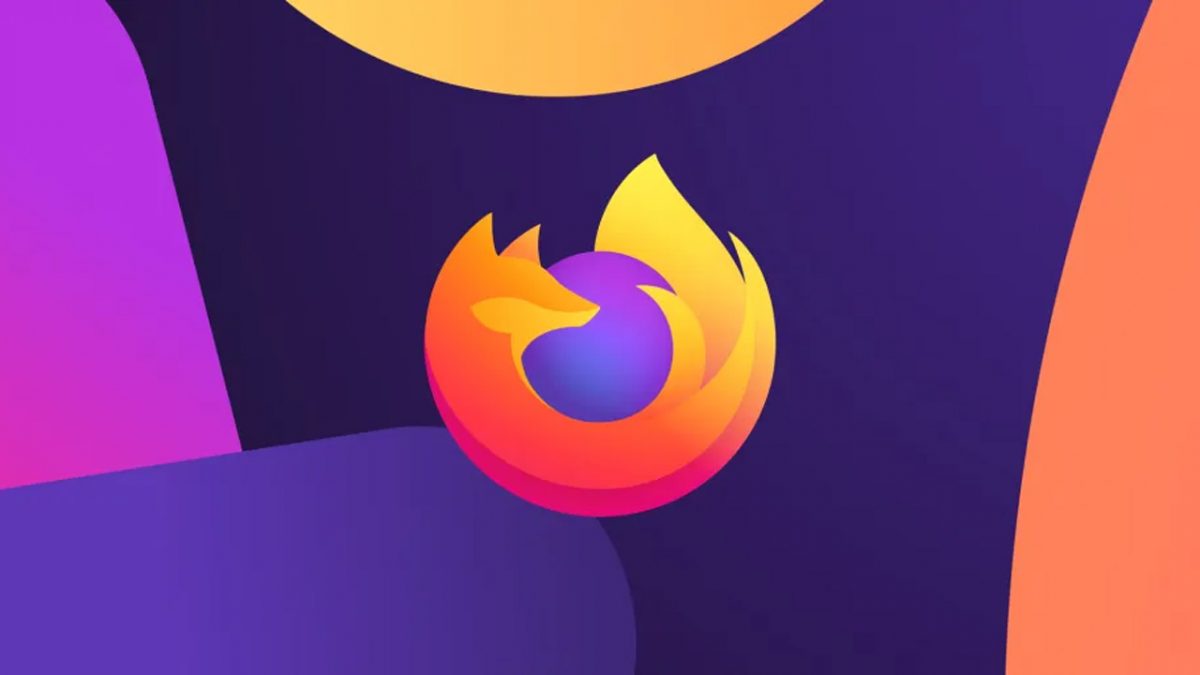
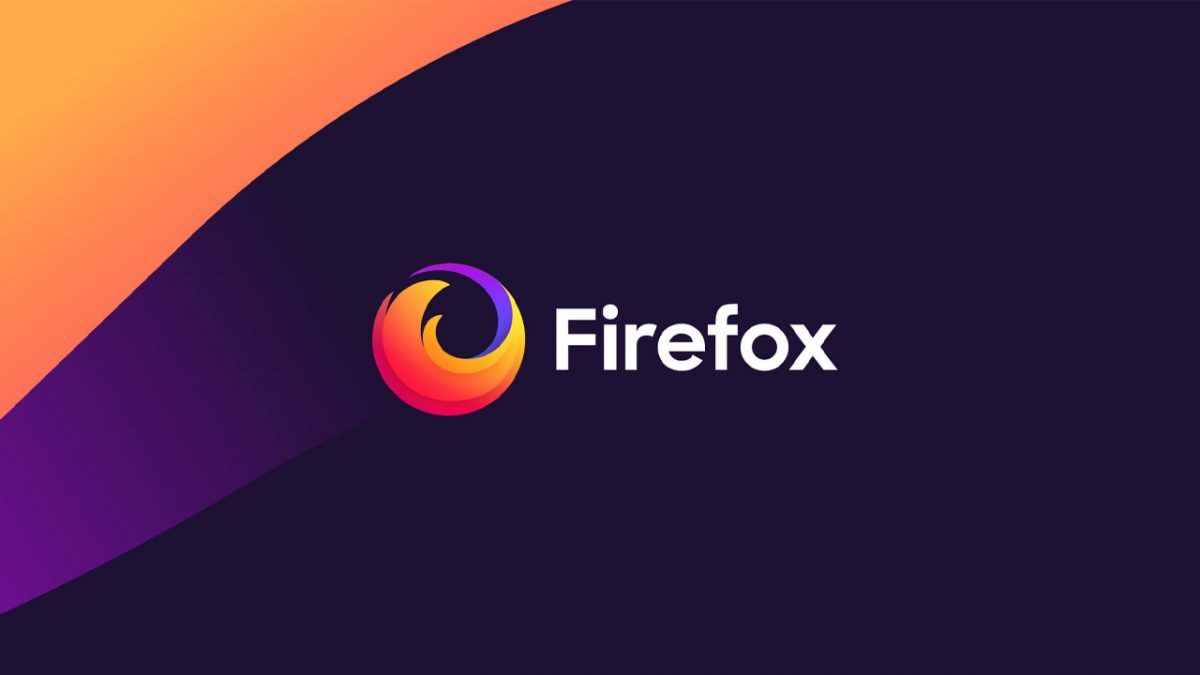



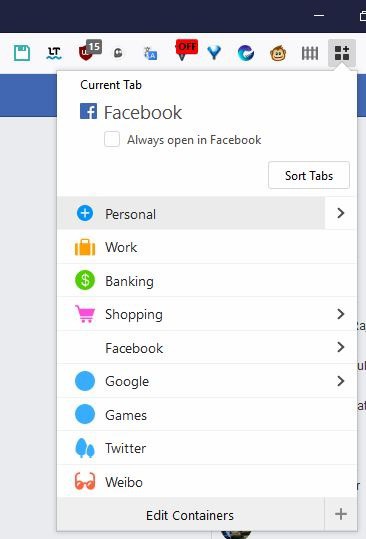
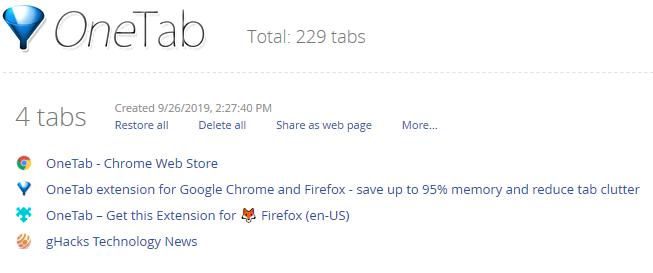









https://caniuse.com/avif
https://android-developers.googleblog.com/2021/02/android-12-dp1.html
AVIF image support – To give you higher image quality with more efficient compression, Android 12 introduces platform support for AV1 Image File Format (AVIF). AVIF is a container format for images and sequences of images encoded using AV1. Like other modern image formats, AVIF takes advantage of the intra-frame encoded content from video compression. This dramatically improves image quality for the same file size when compared to older image formats, such as JPEG.
It does not support panoramic images build-in as in qtvr. Outdated.
Mozilla “the open browser”: https://blog.mozilla.org/blog/2021/01/08/we-need-more-than-deplatforming/
They’re commenting on the obvious. Whether they should be or not, IDK.
Phone Culture has raised a generation of soft, confused, agitated people who can’t do much of anything; the fun’s only beginning.
:)
Justice Beaver – A quick search of Mozilla add-ons for Firefox finds extensions that will save webp as jpg. Check it out.
NIce. Webp is kind of a speedbump, never heard of it until a few months ago. Then, there were one or two add ons that would only block webp and pull jpegs from sites if jpegs were there.
Nothing is ever going to replace jpeg, just like nothing ever replaced mp3. They are standards that are supported by every piece of hardware and software, going back decades. It’s so annoying when I try to save an image and I get that webp junk that none of my programs can do anything with.
I won’t disagree with this comment, but that’s because the JPEG has been around 30yrs. And in fact, some of you might recall that Mozilla also believed the same when the WebP was introduced. They felt it was a premature attempt at a strong format replacement, and believed we had not squeezed all we could out off the JPEG ( Hello: https://research.mozilla.org/2014/03/05/introducing-the-mozjpeg-project/). But just as I saw the JPEG is 30 (28 actually), it’s age is what prompted the development of the JPEG XL. (CFP: https://jpeg.org/downloads/jpegxl/wg1n80024-additional-information-cfp.pdf).
format support is simply something that we’ve not had much need to think about until recently, so this is seemingly a bumpy transition. Let the codecs run free!
jpeg can’t deliver opacity. About webp. get better programs, for example GIMP.
It will be interesting to see if global energy use increases or decreases due to this technology. Currently, octillions of images are compressed and decompressed every year, and that number is rapidly increasing.
What about mobile?
It is too complex to save/encode and computationally intensive. JPEG XL is better.
Some CPUs and GPUs already have AV1 (what AVIF is based off) hardware de+encoders.This is no argument. Mine doesn’t and the image instantly loads. Not an argument for images! If you say devices cannot handle AV1 videos yet at 1080p++ and 60fps, I could have agreed.
Not a single PC or phone has AV1 hardware encoders. You are confusing encoding with decoding/playback.
Come on Firefox get a Paste Unformated Text/Right Mouse Click option and also get an option to set the language spelling dictionary of choice that can not be set or overridden by any webpage. For some reason when I’m posting using Disqus I’m getting set to Canadian English Spelling over my US English Spelling dictionary default!
And that Default spelling dictionary for US English in Firefox, won’t someone think of the disabled there!
Meister Martin has your back:
Instead of pasting text using Ctrl-V, you simply use Ctrl-Shift-V to do so.
https://www.ghacks.net/2014/06/18/paste-plain-test-firefox/
Not one for compression–at one time, when the Internet was slow and bottlenecks occurred frequently, ultra compression may have been needed. I’m thinking more along the line that since we have such ubiquitous bandwidth available why don’t we increase image quality. Anytime information is taken from music or photography, there is a loss of quality no matter the appearance.
Two links that I came across may help other readers understand the concept and what’s happening with widespread use of AVIF:
https://www.lambdatest.com/blog/avif-image-format/
Loved this site because it was easy to see the difference in photo quality:
https://jakearchibald.com/2020/avif-has-landed/demos/compare/?show=f1&img=/c/f1-good-a14c8cc5.avif
For Firefox one can enable AVIF rendering:
AVIF is supported on Chrome 85, uses the flag feature on Firefox 80 for compatibility. If the case AVIF image is not visible on Chrome, you can try updating it to the latest version. For Firefox, you can enable AVIF by trying the following steps:
1. Type about:config in the URL.
2. Search image.avif.enabled.
3. Flip parameter to ‘True’
We should be going the other way: delivering the highest quality music and photos to users without any loss. There’s plenty of other ways to speed page loading without sacrificing bits and pixels.
Agreed. It’s easy to tell whether particular user’s devices can absorb high quality media or not. The opposite is true, too; those with lesser devices shouldn’t be unable to view and/or hear media not downsized for them.
The relentless pursuit of excellence or however it goes…
I hope AVIF replaces WebP, which is a completely unnecessary format. Less supported than JPEG/PNG and worse than AVIF, and pushed by Google.
Just because something is developed by Google doesn’t automatically mean it’s bad. Support is actually pretty good[1] across many browsers and it’s very easy to implement fallback for those who don’t. Also, webp has some objective advantages over formats like jpeg and png.
I’m not saying it’s the one and only format that should exist.
[1]: https://www.caniuse.com/webp
You don’t know much about video codecs, right?
First of all, WebP is a container, it’s VP8.
AVIF and AV1 is Google. It’s their project and the succesor of VP9.
https://aomedia.googlesource.com/aom
VPx (in a WEBx container) was proprietary Google-controlled crap and so many including me never ever touched it. AV1 might be built upon the work done for VP10 (plus other non-Google codecs), but crucially it’s an open, non-proprietary, royalty-free industry standard with the might of all the major players behind it. It really is the best placed to be the successor to H.264 rather than HEVC.
Good but websites will just abuse it to save bandwidth, rather than boost image quality.
It doesn’t have to be: Same quality, less size.
It should be: Same size, better quality.
And that is totally supported, if conversion is handled right. Bandwidth is so cheap these days that my “experience” should come first. At least that is the buzzword companies love to use. “Experience”… ever had a good one on their cloud servers? Me neither.
Is quality realy THAT important? If I’m downloading a wallpaper, or some free artwork, sure, but on news sites, social networks etc, why bother? Does anyone stare at images of friends, influencers, celebrities or politicians for more than a few seconds?
Save some bandwith, waste less electricity, etc. Although, when compared to people watching HD or 4K videos on Youtube for hours, that’s not really going to help a lot…
So because other people browse endless timelines with infinite self loading scroll and waste bandwidth, I’ve got to suffer? Thank God tech literates can still expose the original image quality on sites like Twitter. I want my copy to be no less better than the ORIGINAL.
Also moving the goalposts by switching the convo to video encoding. I was talking about image quality, not video quality.
“Thank God tech literates can still expose the original image quality on sites like Twitter.” – Don’t think they can any longer unfortunately. The :large/:orig versions are still re-encoded.
Look, I get where you’re coming from, but in general site owners have to cater to the widest possible audience, which means targeting the lowest common denominator. Ideally we could have browsers offering an option to turn on or off HQ images and even videos perhaps. When turned on browsers would request and sites would send the higher quality versions at the cost of size/bandwidth, and do the opposite with the option turned off.
Just because bandwidth is cheap doesn’t mean that we’re allowed to waste it.
And just because you can get bandwidth for cheap doesn’t mean that everyone in every country can.
How did they even survive on the net when we just had JPEG?
You make it sound like bandwidth got worse over the last decade.
Which is wrong, hyperbole and a rhetorical con.
Riddle me this – AVIF Test says I can see AVIFs in Chrome for Android 88, but caniuse.com/avif says that Chrome for Android lacks support for the format completely. Is the AVIF Test site wrong or is caniuse not keeping up with the latest developments?
Disagree. I want my websites to load fast and my mobile data to be used sparingly. If needed, websites can just link a high quality version to download, for those interested.
I also hate Javascript and ads for the same reason, although these are obviously worse than big images.
Why should everyone suffer, just because some countries have a worse mobile net or the customer a cheap plan? Turn off images on your device if you cannot handle it!
I mean, AV1 came out of a need to save $$ as heavy streaming companies wanted to cut down on CDN costs (among other things). Bandwidth is *seemingly* cheap.